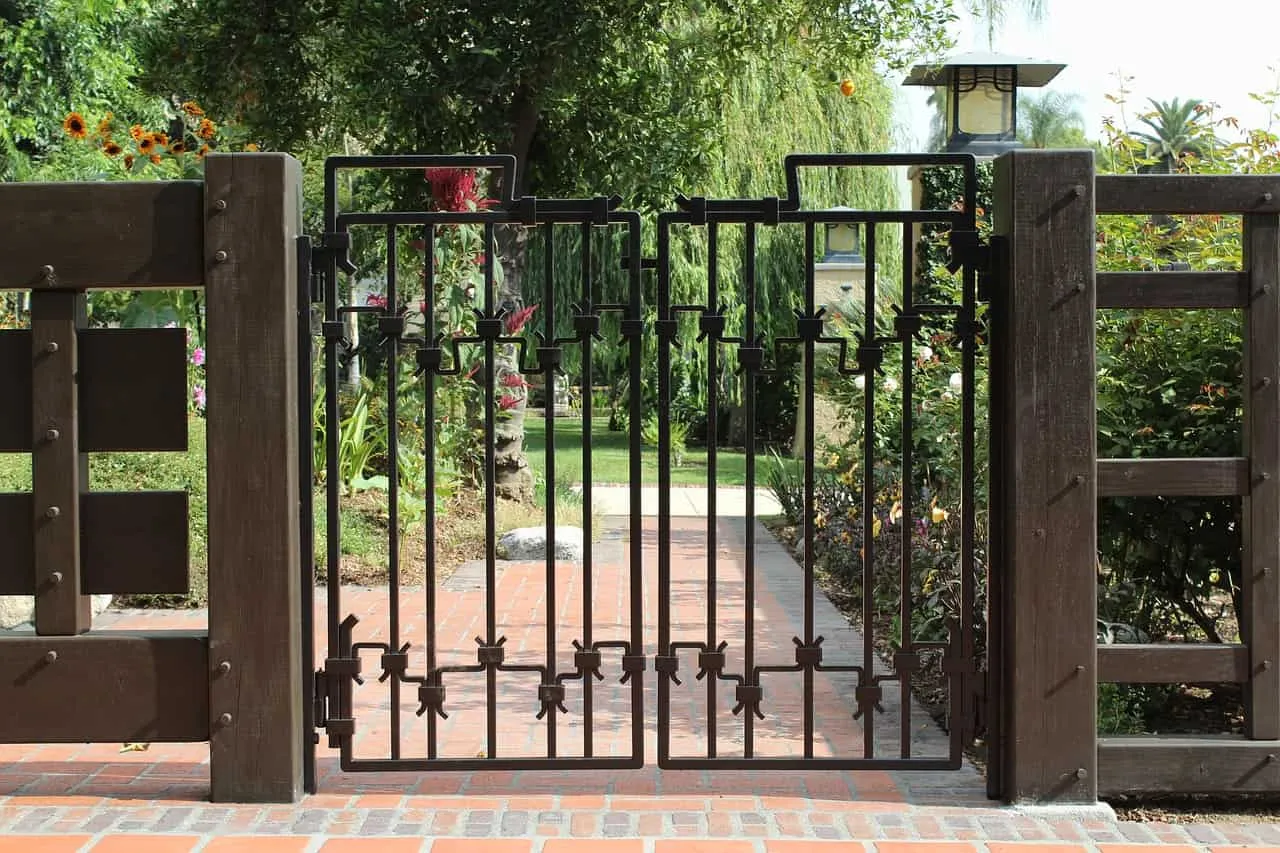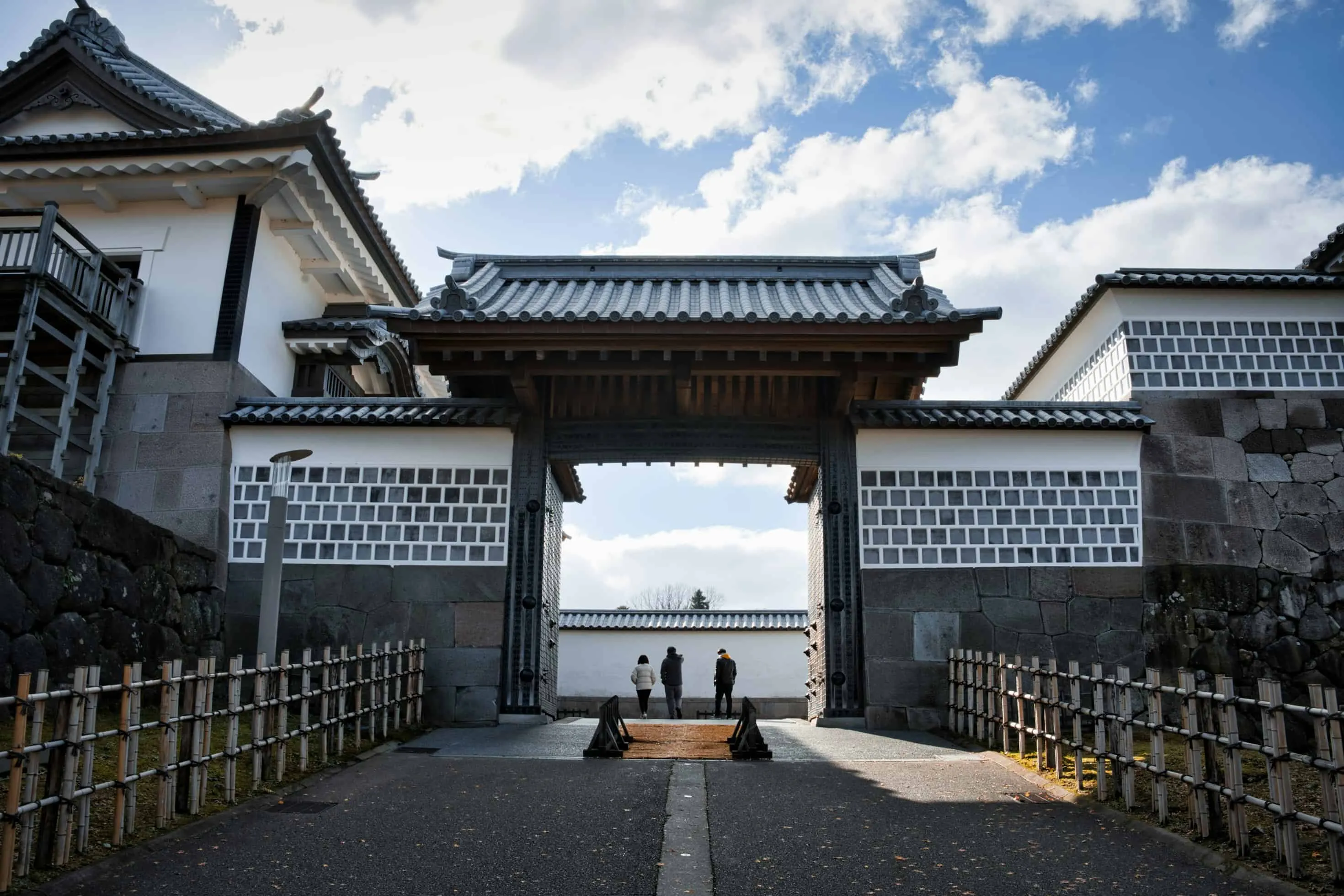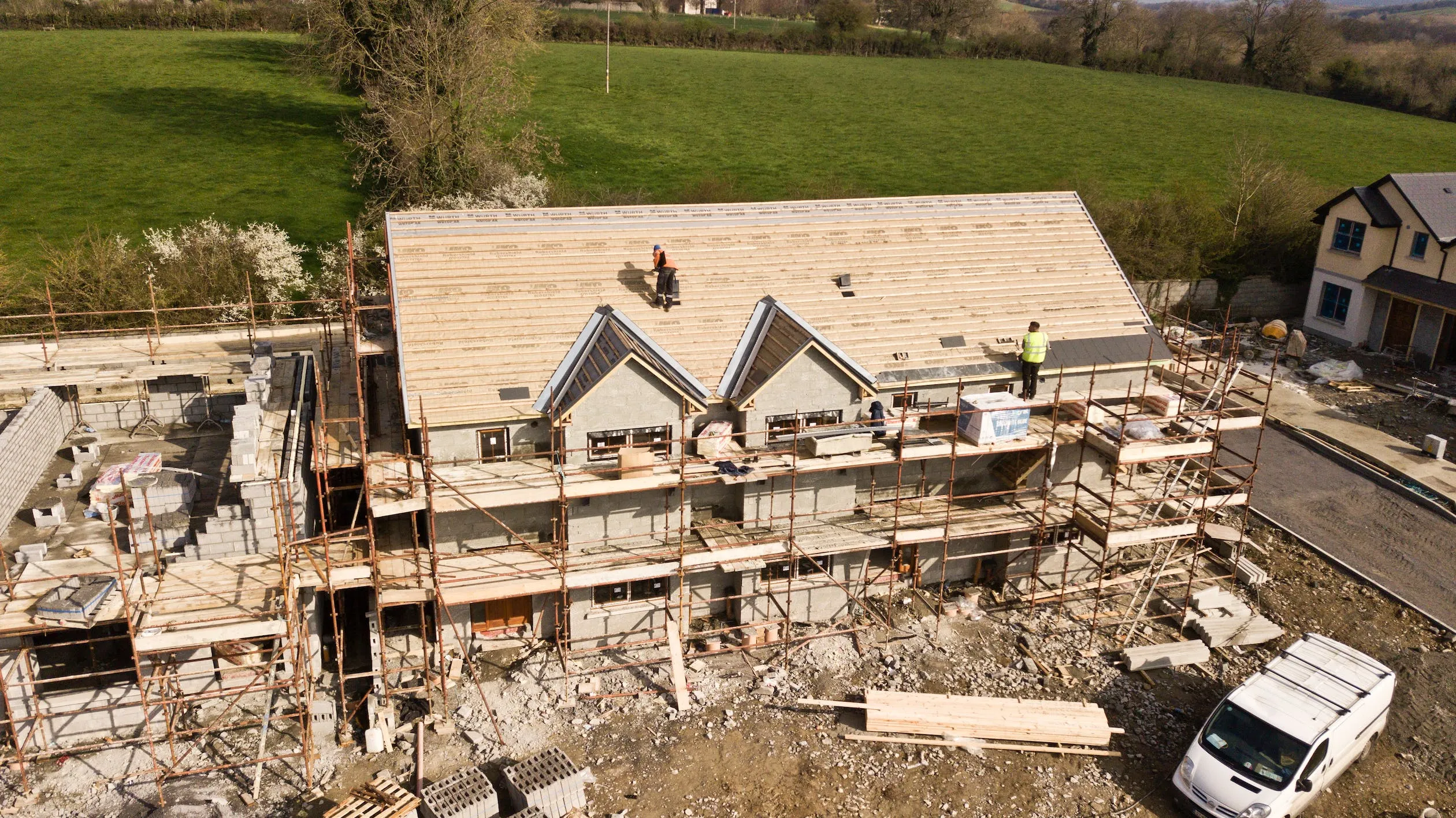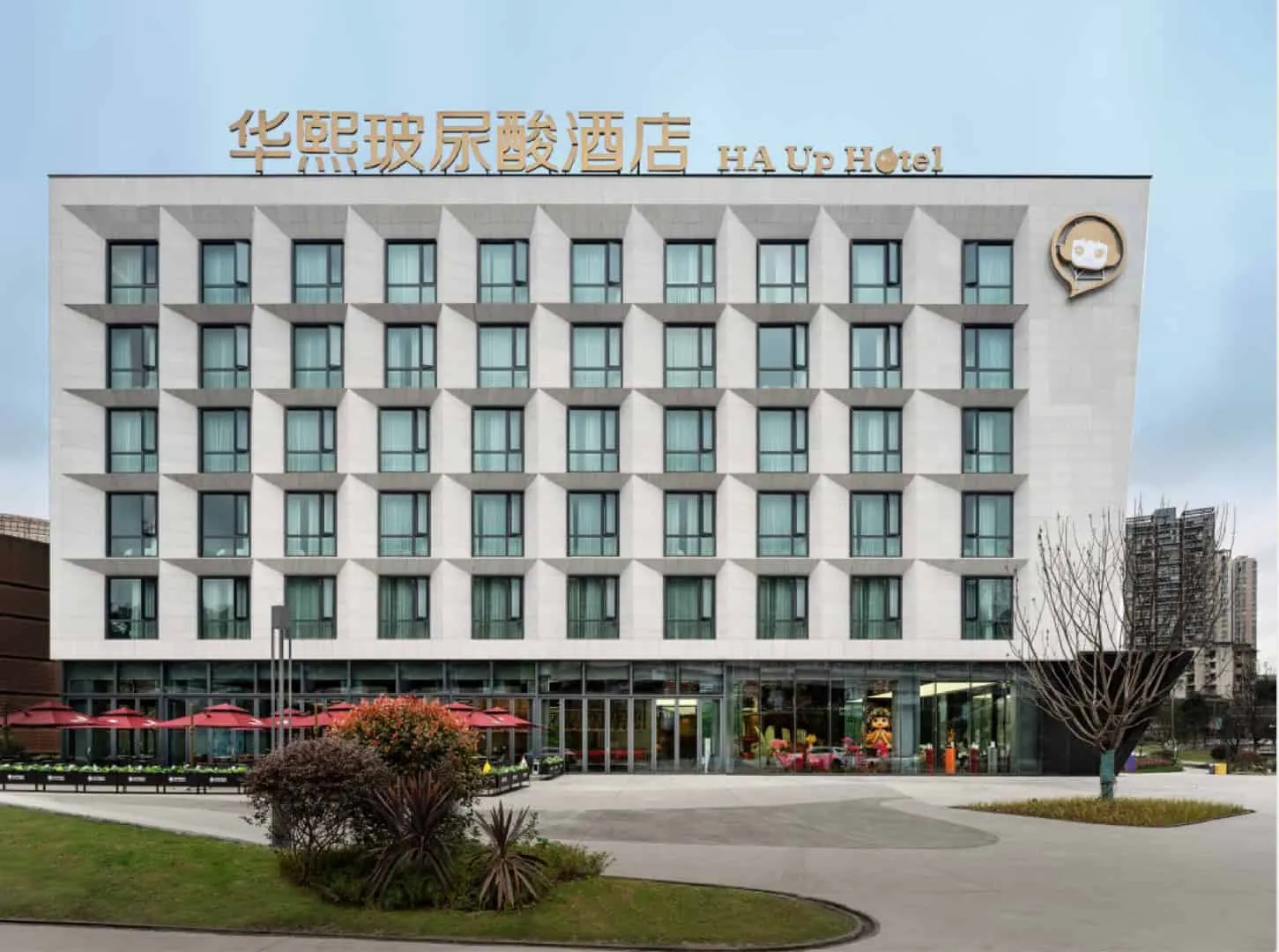There can be your advertisement
300x150
Implementing Effective Security Control: A Guide for Architects
In the digital age, the importance of robust security control for protecting an organization's valuable assets must be considered. As the first line of defense, well-implemented security control acts as a guardian of company data, blocking malicious threats before they penetrate deeper into the system. The risks are high— a single breach can lead to significant financial losses, reputational damage, and reduced customer trust. This guide aims to provide architects with the necessary knowledge and tools to create strong security control, ensuring the integrity and confidentiality of their organization's data.

1. Invest in Frame Sliding Barriers
A frame sliding barrier is a promising investment for creating secure control. Unlike standard swing gates, frame barriers operate by sliding along a designated path, reducing the risk of forced entry. The absence of a bottom rail makes them less susceptible to dirt, snow, or ice, enhancing their durability and providing smoother operation.
Additionally, they offer outstanding adaptability and can be equipped with various security systems. This includes automatic opening systems, intercoms, and alarms. By using frame sliding barriers, companies can achieve an ideal balance between accessibility and security. This is especially beneficial for enterprises requiring continuous vehicle movement, such as warehouses, factories, or commercial premises.
2. Implement Multi-Layered Protection
As the saying goes: 'there is no single point of failure.' This principle applies to building effective security control. Relying on a single layer of protection is insufficient; instead, multiple layers must be implemented to increase overall system resilience.
One way to achieve this is by using different types of gates, such as swing gates, vertical-lift gates, or pivot barriers. This adds diversity to the perimeter and complicates intrusion attempts by adversaries. Furthermore, combining physical barriers with digital security measures like access control systems and video surveillance can significantly enhance overall protection.
3. Regular Security Audits — The Key
Creating security control is not a one-time task; it requires continuous monitoring and adjustment to maintain effectiveness. These audits assess the effectiveness of existing security measures and identify potential weak points or vulnerabilities. Conducted regularly, they ensure that security strategies adapt to the constantly evolving threat landscape, thereby maintaining a high level of protection.
Additionally, audits provide valuable data that can be used for necessary changes or improvements to the security system. They also help meet industry standards and regulations, protecting organizational reputation. Thus, they play an invaluable role in strengthening the resilience and integrity of security control.

4. Ongoing Staff Training
Staff training is an essential part of maintaining strong security control. It's important to ensure all employees know and follow established security protocols. Regular training educates staff on potential risks, the importance of adhering to safety procedures, and informs them about recent threats and countermeasures.
This includes training on basic security fundamentals, recognizing suspicious activities, and responding to security breaches. Well-trained staff can serve as an additional layer of defense capable of identifying and preventing potential threats before they develop. Therefore, ongoing staff training is a strategic investment in strengthening organizational security.
5. Utilizing Advanced Technologies
In the era of technological advances, using modern technologies can enhance security control effectiveness. This includes artificial intelligence (AI) and machine learning (ML) for predicting and countering potential threats, biometric access control systems to strengthen identity verification, and drone surveillance for comprehensive aerial perimeter monitoring. Technologies such as thermal imaging and motion detection can also be used to identify possible intrusions even in adverse weather conditions or at night. Thus, integrating advanced technologies into the security plan can significantly boost the efficiency of security control.
6. Emergency Response Planning
Security systems are not infallible. Despite all precautions, breaches may still occur. Therefore, preparing for such scenarios is crucial. This includes developing an emergency response plan that defines actions to be taken in case of a security breach.
The plan should include:
- Procedures for identifying and isolating a breach.
- Notifying relevant authorities.
- Mitigating consequences.
- Restoring normal operations.
Additionally, companies may consider partnering with professional security services that can provide immediate assistance during emergencies. Thus, having a well-developed emergency response plan is necessary to minimize the impact of potential breaches and ensure rapid recovery.
Whether creating new security control or reviewing and improving existing systems, remember these key elements for solid and reliable protection against potential threats. With careful planning, strategic investments, and regular assessments, companies can build security control that provides peace of mind and protection for themselves and their stakeholders. Don't delay—start implementing these strategies today to ensure the safety and longevity of your organization's valuable assets.
More articles:
 How Do You Like the Khaki Kitchen?
How Do You Like the Khaki Kitchen? How You Can Consider Public Interests in Your Next Building Design
How You Can Consider Public Interests in Your Next Building Design How Your Roof Can Influence Home Design
How Your Roof Can Influence Home Design HT House | 007studio | Ha Tinh, Vietnam
HT House | 007studio | Ha Tinh, Vietnam Hotel Huaxi HA UP | Bloomage WWD | Chongqing, China
Hotel Huaxi HA UP | Bloomage WWD | Chongqing, China Hudson Valley Guest House by Janson Scuro in New York, USA
Hudson Valley Guest House by Janson Scuro in New York, USA hug x UMA WANG - New Conceptual Jewelry Store by ATMOSPHERE Architects
hug x UMA WANG - New Conceptual Jewelry Store by ATMOSPHERE Architects HUUS by In Situ Studio in Raleigh, North Carolina
HUUS by In Situ Studio in Raleigh, North Carolina